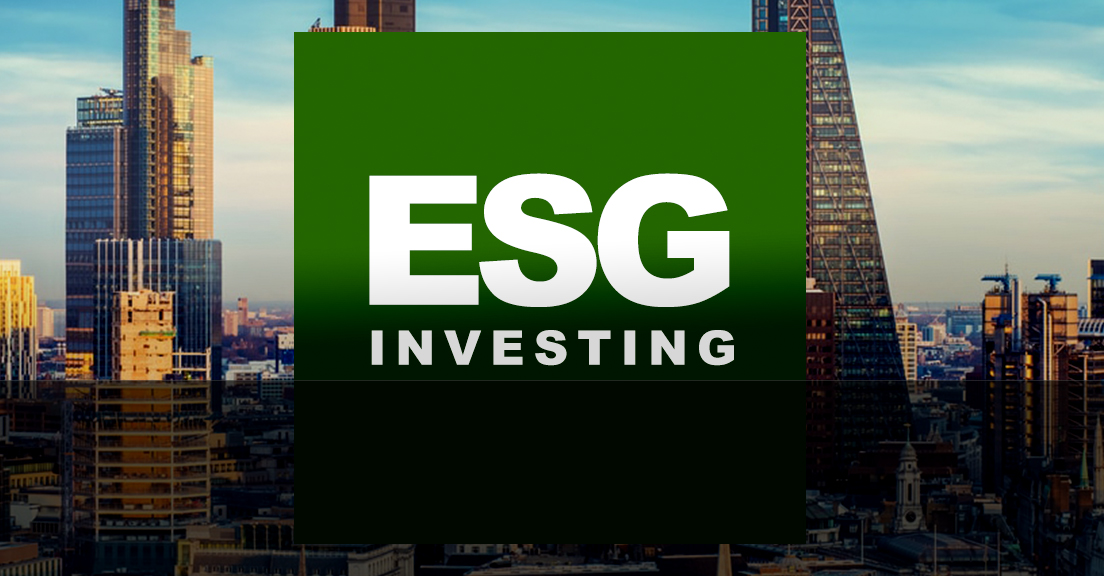Sustainable financing helping companies achieve ESG targets LexologyRead More
Impact Investing Forum 2024
https://impactinvestingconferences.com/
Online Event. Nov 06-07, 2024.
Book Now!
Debt market beginning to embrace ESG factors
With mounting public pressure for corporations to prioritize sustainable business practices and reduce their carbon footprints, environmental, social and governance (ESG) factors are in the public spotlight. Regulatory and corporate commitments to net-zero operations or lower carbon impacts mean environmental considerations in particular will play a meaningful role in future corporate decision-making.
Given the important function debt instruments play in most business operations, it follows that debt instruments like bonds and loan facilities are poised to play large roles in holding lenders and borrowers to their sustainability targets. There is tremendous opportunity for debt markets to catalyze corporate adoption of sustainability practices via different types of sustainable–impact debt products, including through sustainability-linked loans (SLLs).[1]
The rise in ESG pressures across stakeholder groups has increased interest in sustainable financing and ESG principles have worked their way into debt instruments themselves, though a variety of sustainable financing vehicles, including project finance loans, green bonds, social loans or sustainability‑linked bond issuances in the public or private debt capital markets. All directly tie a borrower’s or issuer’s payment obligations to its performance toward specified ESG-oriented goals.
Arguably the most flexible debt product to have emerged in response to the ESG imperative is the SLL. Given their immense flexibility, in our view SLLs are poised to experience exponential growth in Canada’s debt markets in the coming years as they help lenders and borrowers align their sustainability objectives in the relationship-driven world of loan markets.
Sustainability-linked loans
SLLs are “any types of loan instruments and/or contingent facilities (such as bonding lines, guarantee lines or letters of credit) which incentivize the borrower’s achievement of ambitious, predetermined sustainability performance objectives.”[2] These incentives are always tied to the borrower’s actual performance against predetermined ESG metrics agreed upon by loan parties.
SLLs can be project-specific loans, term loans or, unlike most other sustainable debt instruments, revolving credit facilities used for general corporate purposes. To legitimize and standardize SLLs, many of these loans are negotiated using the framework of the Sustainability-Linked Loan Principles, most recently updated in July 2021.[3] SLLs employing these principles contain four key elements:
1. The borrower’s sustainability objectives
The borrower must select clearly defined, measurable and ambitious performance targets relevant and material to its business or strategic operating plans. Common environmental targets are to reduce carbon emissions, improve energy efficiency, generate or consume renewable energy, conserve water, farm sustainably, earn a recognized ESG certification or improve a third-party ESG rating. Targets should also be able to be benchmarked against the borrower’s historical performance, against its industry peers or against global or national targets.
2. Loan features
Use of proceeds. Importantly, SLLs permit borrowers to use loan proceeds for general corporate purposes (i.e., SLLs do not restrict borrowers to using their proceeds only for eligible green projects). However, a borrower will need to invest in meaningful sustainability improvements to meet its SLL goals.
Financial incentives. SLLs commonly embed interest rate discounts for borrowers achieving their sustainability targets. Such rates are case-specific, bilaterally negotiated and vary based on the sustainability target’s difficulty. A borrower’s failure to achieve its sustainability goals is not an event of default and does not entitle the lenders to accelerate the loan, enforce against collateral or trigger cross-defaults.
3. Reporting
A borrower under an SLL must report at least annually on its performance against its sustainability targets. Where a borrower has public disclosure obligations or other public reporting practices, the public may access the borrower’s performance data. However, borrowers under SLLs share only the results of their actual performance against their sustainability targets and thus maintain a high degree of confidentiality around their commercially sensitive practices.
4. Review or third-party verification
To extend an SLL’s credibility for a borrower not offering public reporting on its sustainability performance, experts strongly recommend that it engage in annual progress reviews with independent experts (e.g., auditors, environmental consultants or ratings agencies).
Where is the market going?
Growth
Most experts predict the debt market will see a growing volume and proportion of loans structured as SLLs and ESG-linked loans in Canada may reach $20 billion by the end of 2021, with many blue-chip Canadian companies committing their sizeable general corporate debt facilities to SLLs.[4] Some experts predict the $3-trillion ESG debt market could swell to $11 trillion by 2025.[5] Crystallization of the Net-Zero Banking Alliance will further incentivize banks to invest their loan capital in SLLs.
Flexibility
SLLs are accessible to a wide range of companies, even those traditionally viewed as not environmentally friendly. SLLs offer borrowers flexibility to combine different ESG-oriented goals into one loan product. Further, a multi-tranche loan product obtained by a company with several ESG initiatives could assign different sustainability performance targets to different tranches of debt offered by a common lender syndicate. Although the current SLL market is primarily limited to investment-grade credit and blue-chip public issuers, SLL principles may also extend into corporate loans for smaller companies or smaller loan sizes (e.g., green bonds).
Increased regulation
So far, the markets for sustainability-oriented credit have evolved on a self-regulated and voluntary basis. We expect tighter environmental regulations will increase disclosure and standardize SLLs over time. In particular, the “additionality” factor will require SLL targets to become increasingly ambitious to be eligible for pricing discounts in the loan market as carbon pricing laws evolve.
Financial institutions providing these loan products may themselves come under regulation or accede to voluntary standards. In addition to the Net-Zero Banking Alliance and other voluntary cross-border sustainable lending and investment initiatives, the Office of the Superintendent of Financial Institutions, an independent federal agency responsible for supervising certain financial institutions in Canada, began consulting on climate-related risks with federally regulated financial institutions and pension funds in January 2021, which will likely guide governmental regulation related to climate change on institutions in Canada.
Conclusion
There is a strong and growing impetus for capital providers to direct their funds to borrowers in industries that are prioritizing ambitious, credible sustainability practices and away from borrowers whose business operations and future plans are not aligned with emissions reduction and other environmental goals. SLLs are likely to play a rising role in ESG-oriented debt products, which in turn are likely to become an increasingly attractive segment of the public and private debt markets.
To view all formatting for this article (eg, tables, footnotes), please access the original here.
Feedzy


